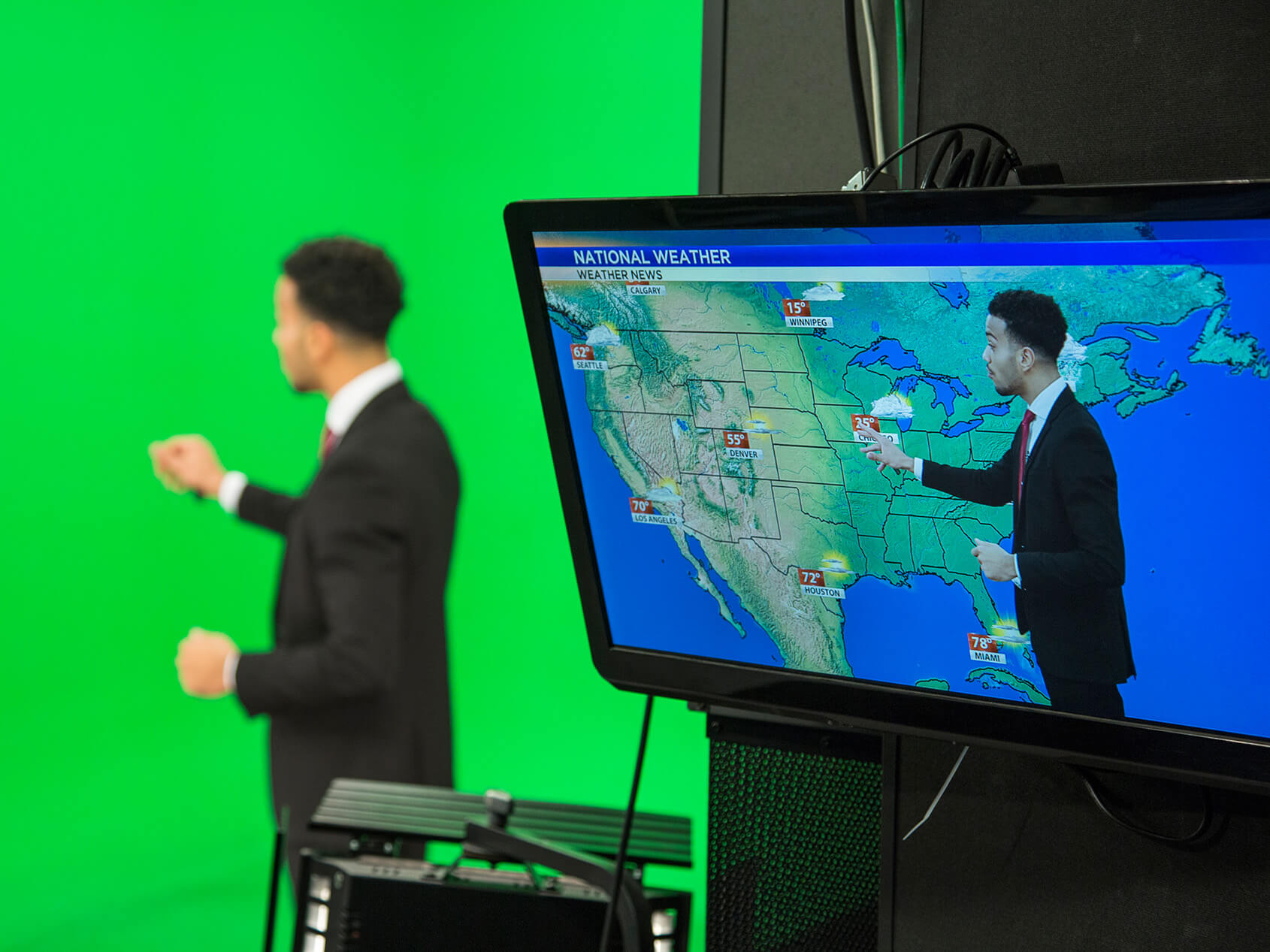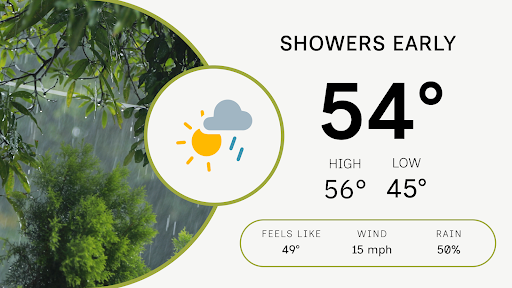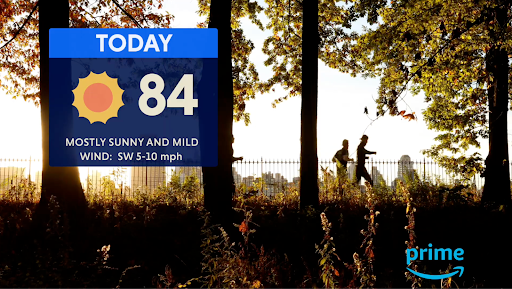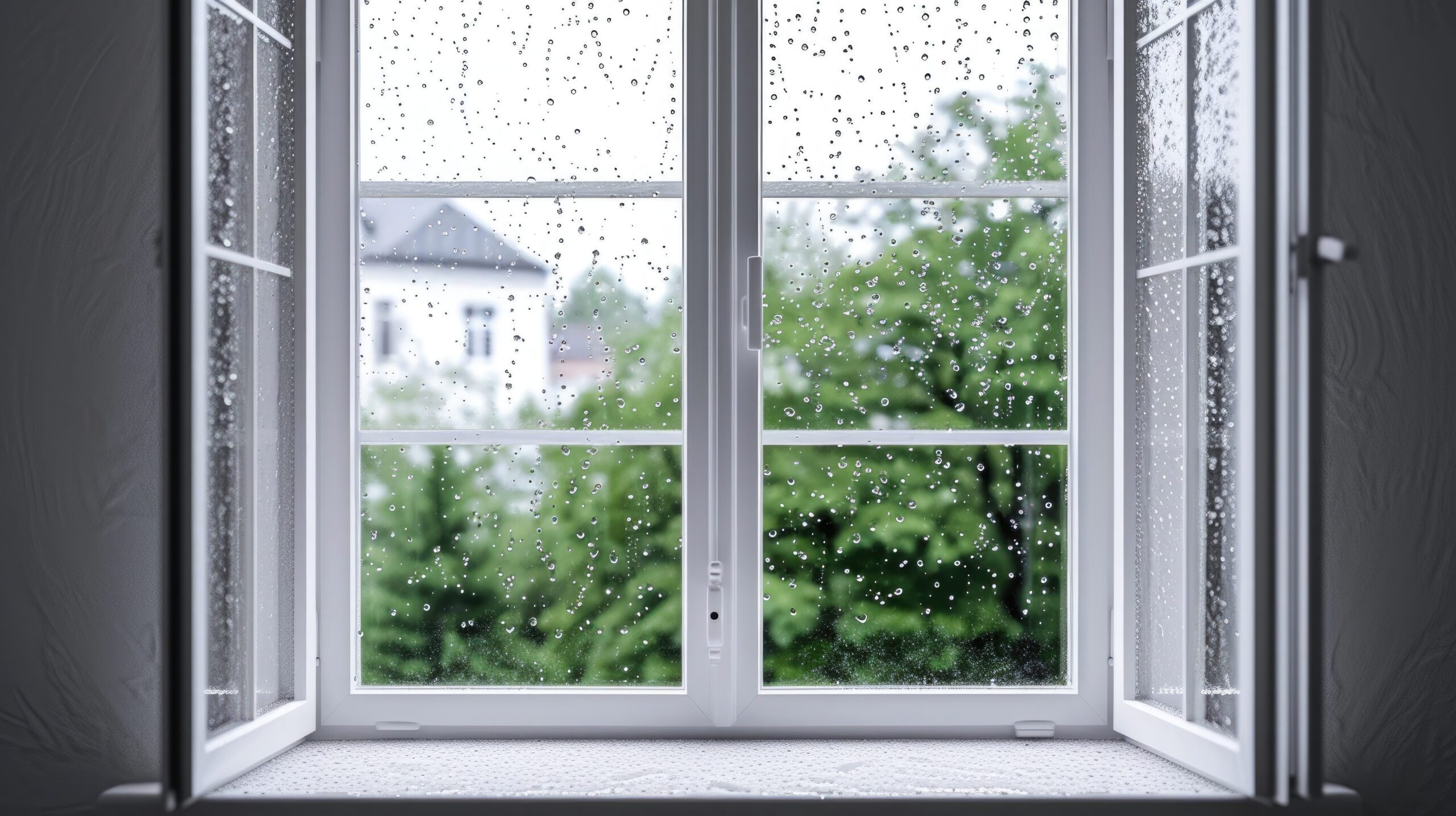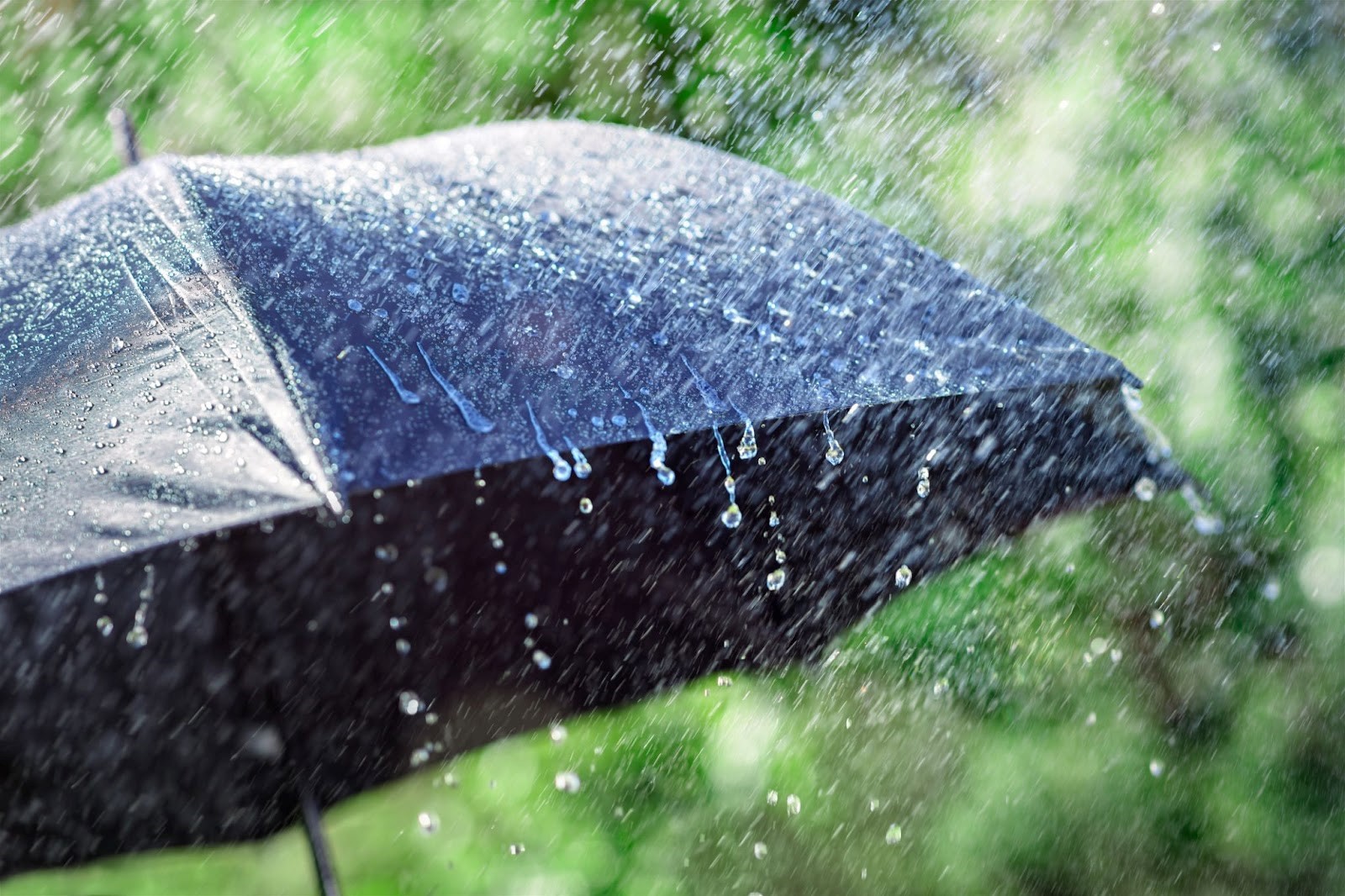Weather intelligence for the future: Crafting a strategic enterprise approach to changing environmental conditions
Continue readingWhat are weather graphics?
Weather graphics are an essential component of helping forecasters communicate to viewers what’s happening next. These visual tools provide a clear way to communicate local, state-wide, or even nationwide forecasts.
Weather graphics can vary greatly and employ different features such as heat, rain, snow, or sun symbols to better illustrate a given forecast. They can also be used in television and mobile or combined with other data sets such as traffic to provide more value to users. With about 60% of viewers stating that the weather segment is a major reason to watch a newscast according to Magrid and The Weather Company, it is important for your weather broadcasts to stand out. By using this feature, you can provide a robust visual representation of the weather that keeps users educated and engaged.
How do weather graphics work?
Weather graphics are first and foremost informed by data. Typically, a computer processing system combines data from available tools such as weather radar into a graphical interface that forecasters then use to analyze the data. From there, users prepare and issue weather forecasts, watches, severe weather warnings and more.
Additionally, weather graphics can be used to tell or complement a story. Oftentimes, meteorologists piece together their story well before it makes it to air, and during this time, meteorologists select the TV weather graphics that best help tell that story. As technology continues to evolve, we can expect meteorologists to increasingly use 3D elements and other intriguing graphics to distinguish themselves from competitors, keep users engaged, and drive loyalty.
Using weather graphics in television
TV weather graphics use accurate and near-real-time data to create a visual presentation of the weather forecast. These graphics allow meteorologists to tell a compelling story around the weather to help viewers understand the impact it might have on traffic or the weekend. These visuals can also help prepare viewers for heavy precipitation or severe weather.
Breaking down the basics of weather graphics
A good weather graphic is defined by how easily it can be interpreted. If viewers don’t resonate with your weather forecast, they may turn to a different station. According to Magrid Research, while most viewers prefer meteorologists in weather broadcasts, 42% of viewers prefer data/graphics as they bring a level of simplicity, straightforwardness and reduce chit-chat. That’s why it’s so important to use weather graphics that are not only engaging, but easy to understand by your audience. To break it down, a graphical weather forecast should:
- Convey the information in a consumable, aesthetically pleasing manner.
- Help the meteorologist tell their story.
- Support the forecast with helpful information.
- Break down the forecast in the quickest and most effective way.
The different types of weather graphics
There are many ways to use weather graphics. Let’s look at the different types of graphics you can use.
1. General weather graphics
General TV weather graphics are often used to convey general forecast information to viewers, whether on a local, state or national level.
2. Chance of precipitation
These graphics help forecasters show rain, snow, sleet, or hail.
3. Temperature
Forecasters can show the temperature, whether on a local, state, or national level.
4. Wind speed and direction
These visuals help depict the wind speed and direction, whether on a local, state, or national level.
5. Amount of precipitation
In addition to the type and chances of precipitation, weather graphics can show the amount that might be coming to a particular area.
6. Sky cover
These graphics are typically helpful for airlines and others looking for an overview of flying conditions.
7. Severe weather forecasts
These visuals are used to report on forecasts that are severe in nature.
8. Lifestyle
These visuals are used to display everyday health-related conditions such as pollen, local air quality and allergy index. According to Magrid research, 49% of weather consumers are very interested in health-related news.
Graphical weather forecast technology
As mentioned, weather graphics have come a long way since their inception and have become increasingly advanced. Now, meteorologists can incorporate intriguing new elements into their broadcasts like the following.
1. Augmented reality forecasts
Augmented reality forecasts can engage viewers and keep them watching longer. Plus, they can incorporate traffic data as well, which is doubly helpful for viewers.
2. Data-driven forecasts
Data-driven properties (DDP) allow for unique, automated visuals over a multitude of weather parameters. DDP can help provide viewers with granular forecasts they can use to plan their days.
3. HD weather graphics
At a certain point, aesthetics do come into play. At The Weather Company, we have made HD weather graphics a priority to help meteorologists deliver crystal-clear broadcasts.
4. 3D weather forecasts
Bringing weather to life is an important way to keep your audience invested in your daily forecast. With 3D technology, your graphics will pop off the screen. These visuals can be used to bring your television broadcast to life.
5. Interactive forecasts
Another way to engage viewers is through interactivity. Max users can switch between different views and tower cams, so viewers always have various points of interest to observe.
Benefits of weather graphics
Having the right weather graphics to put in front of viewers can pay off. Meteorologists benefit from having a more engaged audience, while viewers benefit from a clearer understanding of the weather forecast. Let’s look at the benefits of having the right weather graphics.
1. Viewer engagement
The more exciting your weather graphics are, the more viewers will want to return to your forecast. By using new and unique weather graphics, viewers remain informed while also being entertained.
2. Loyalty
With that engagement comes loyalty. If your audience can count on you to produce quality content, they may be more likely to remain loyal to your station.
3. Credibility
Above all else, accuracy is key. Good, quality and accurate weather forecasts boost your credibility. That’s why having forecasts that break weather down hour by hour are so important to visualize, as it helps viewers plan their days. Having the right weather technology in place helps viewers have a more comprehensive understanding of how weather will impact traffic or their plans.
Our weather graphics solutions
Here at The Weather Company, we know the benefits of weather graphics. That’s why we have cultivated solutions that help meteorologists stand out from the rest. Our solutions provide graphics that are data-driven, visually appealing, interactive and unique.
Max Reality
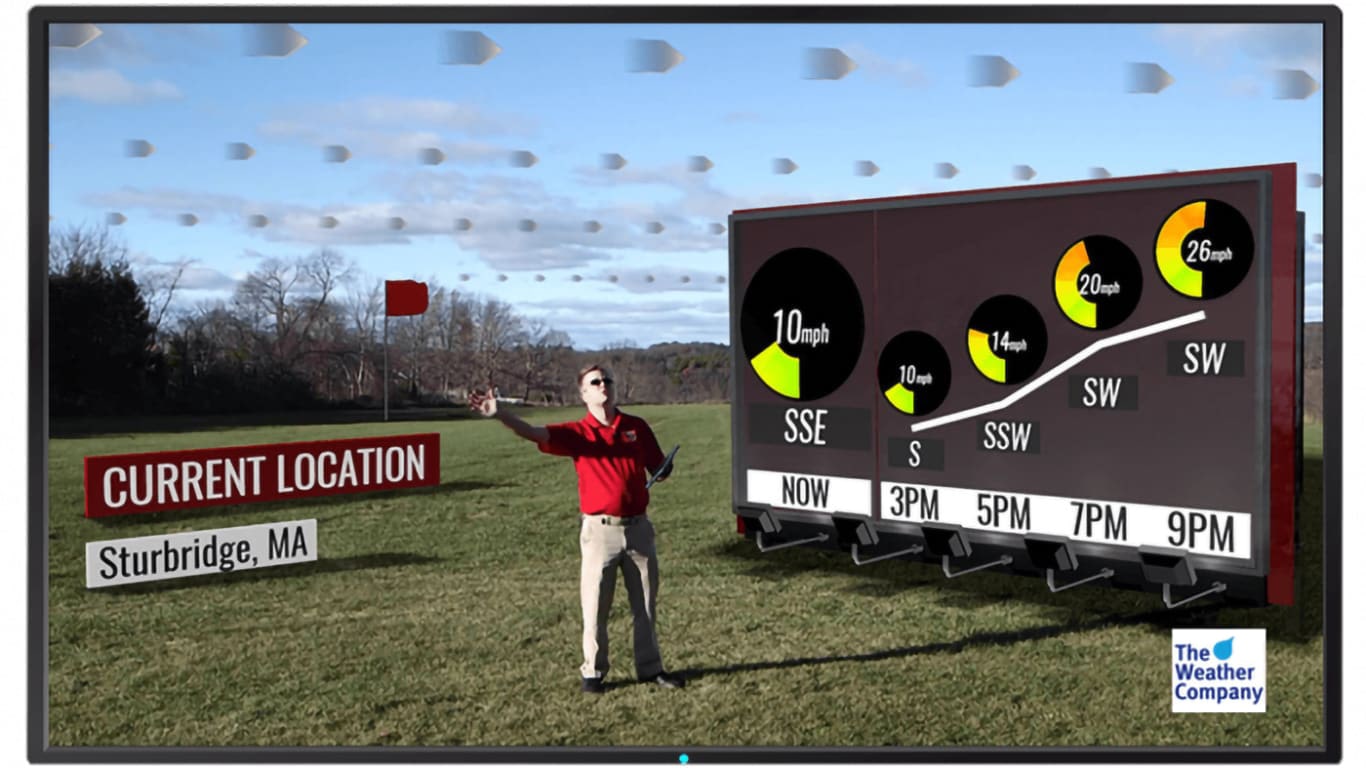
Use augmented reality forecasts to create dynamic 3D images of storms to entice and engage audiences.
Max Storm
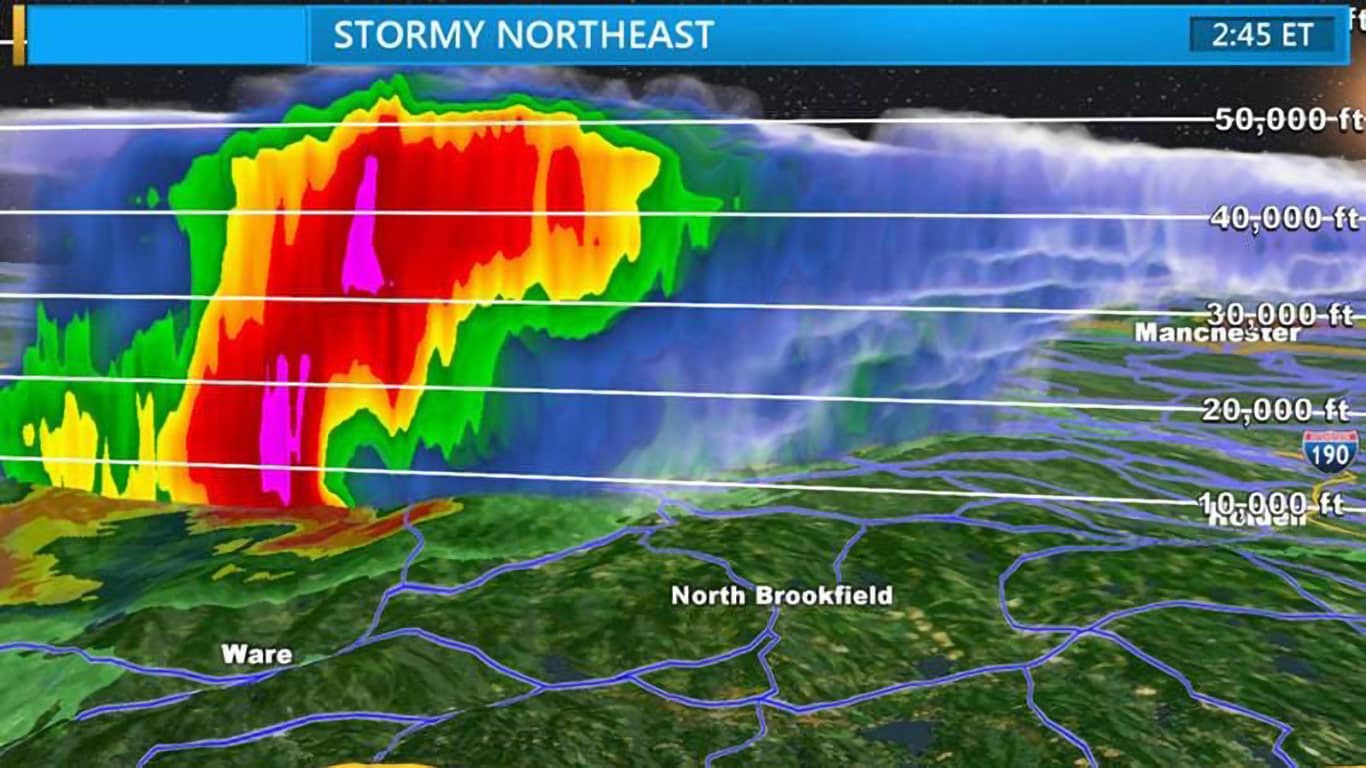
Create stunning visuals using 3D weather radar to bring your forecasts to life.
Max Traffic
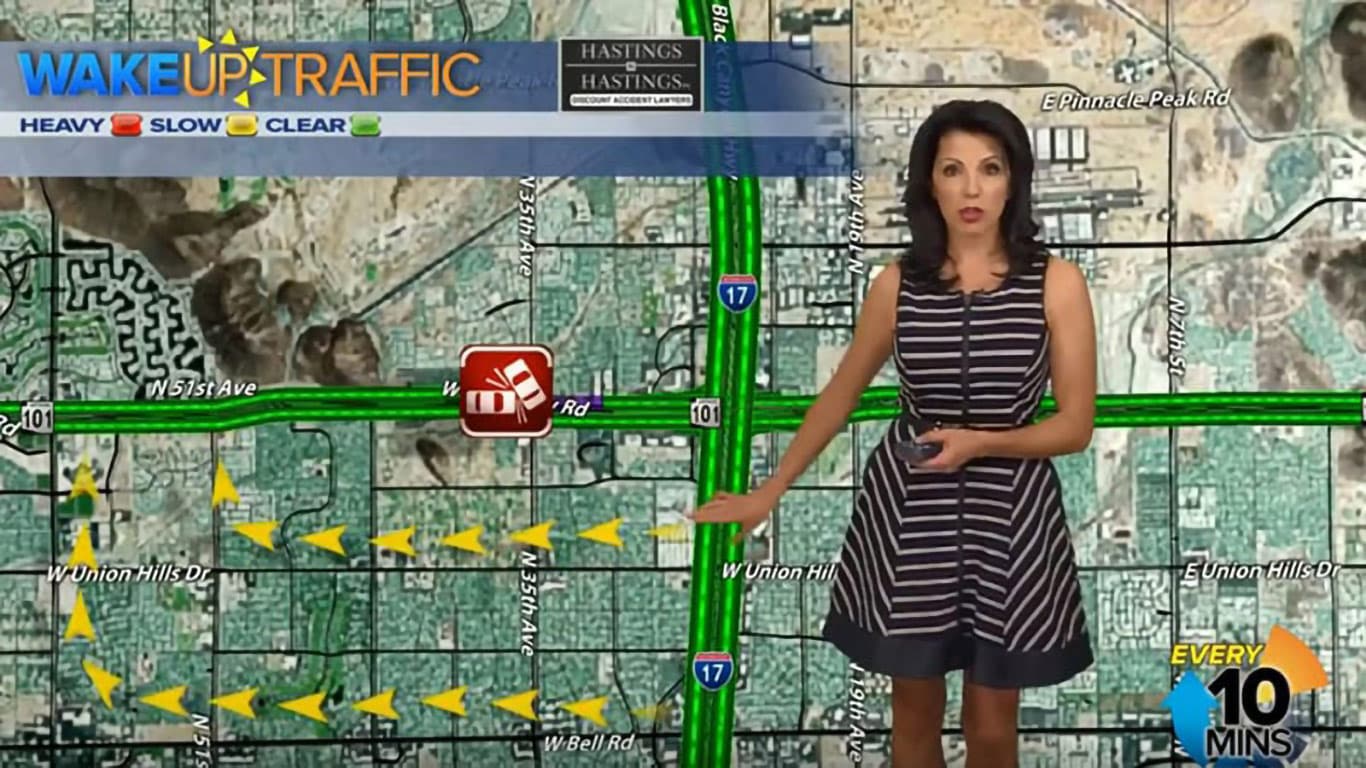
Use Max Traffic to combine traffic and weather data to create compelling and streamlined images for your forecast.
MAXimum Earth
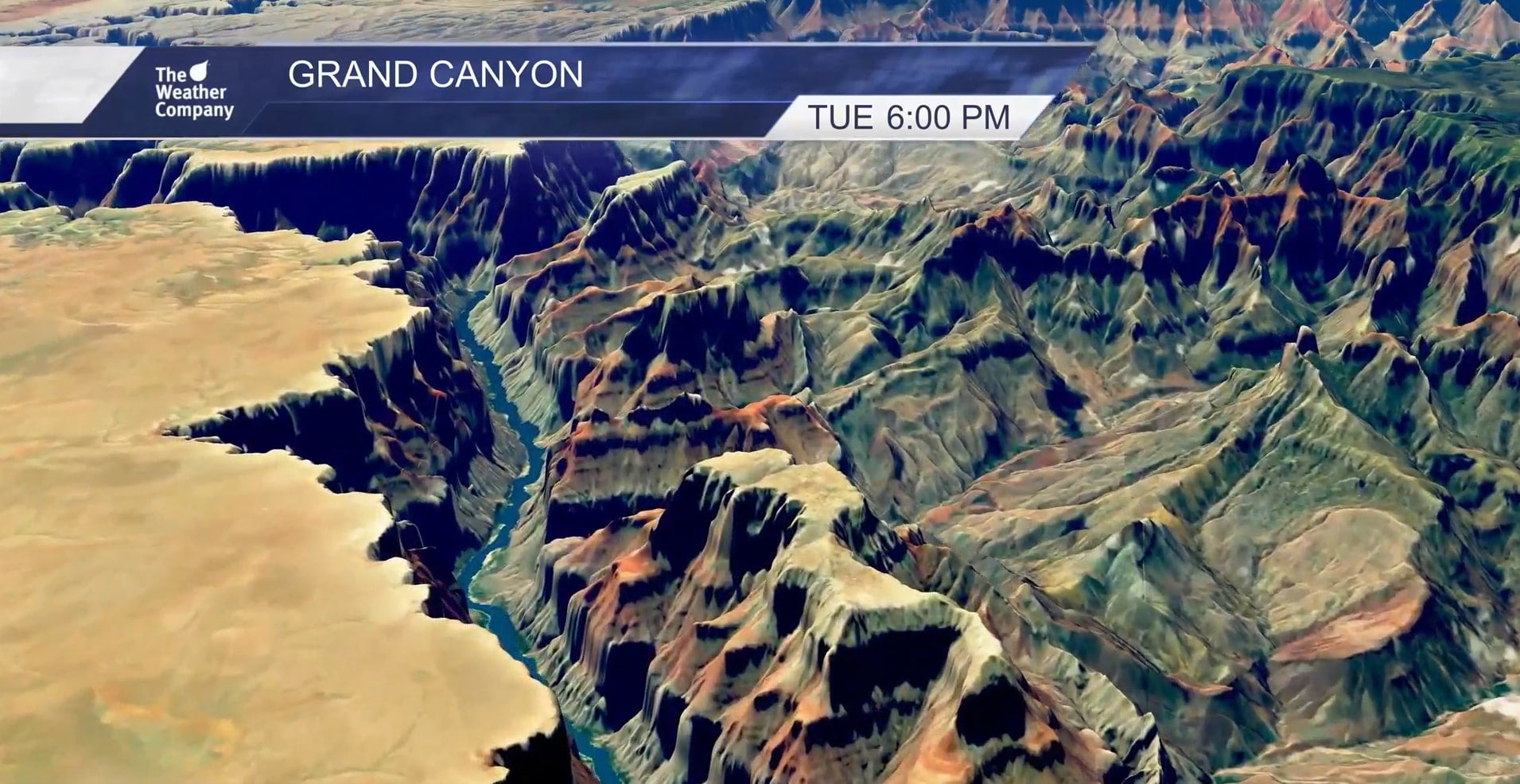
Weather map software and visualization tools make it easy to incorporate detailed and textured 3D map views. As a result your team can create an experience that stands out from competitors.
Max Sky
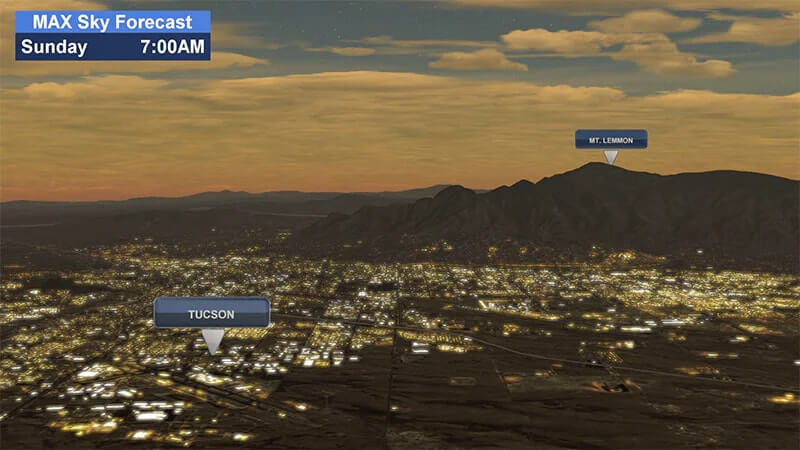
Use over 200 cloud templates, advanced particle animations, and atmospheric effects to create an engaging and unique broadcast.
Why use The Weather Company?
Delivering quality, engaging weather graphics is a top priority for us here at The Weather Company. With our solutions, engage your viewers with intriguing visuals that can help build loyalty. With the ability to share the weather—or even traffic—forecast quickly, your consumers can feel better knowing that they’re getting the most accurate information and can plan their day accordingly.
Ready to find out more about the benefits of having top-of-line weather graphics and how you can implement them into your broadcast? Contact us today.
Frequently asked questions
A weather report graphic is a display that is used to show a viewer a forecast for current or upcoming weather conditions. These forecast graphics are a tool used by a news team to communicate the impact weather will have on viewers.
From 2017-2022, ForecastWatch has favored The Weather Company out of 23 weather forecast providers based on 84 metrics.
ForecastWatch, Global and Regional Weather Forecast Accuracy Overview, 2017-2022, commissioned by The Weather Company.
Meteorologists use a wide variety of tools to predict, analyze and communicate the weather. Weather forecast graphics are an important tool in a meteorologist’s arsenal since they can effectively showcase the impact weather will have on a local community.
Let’s talk
To learn more about our professional weather and traffic software solutions for the media industry, contact our media experts today.
Contact us
